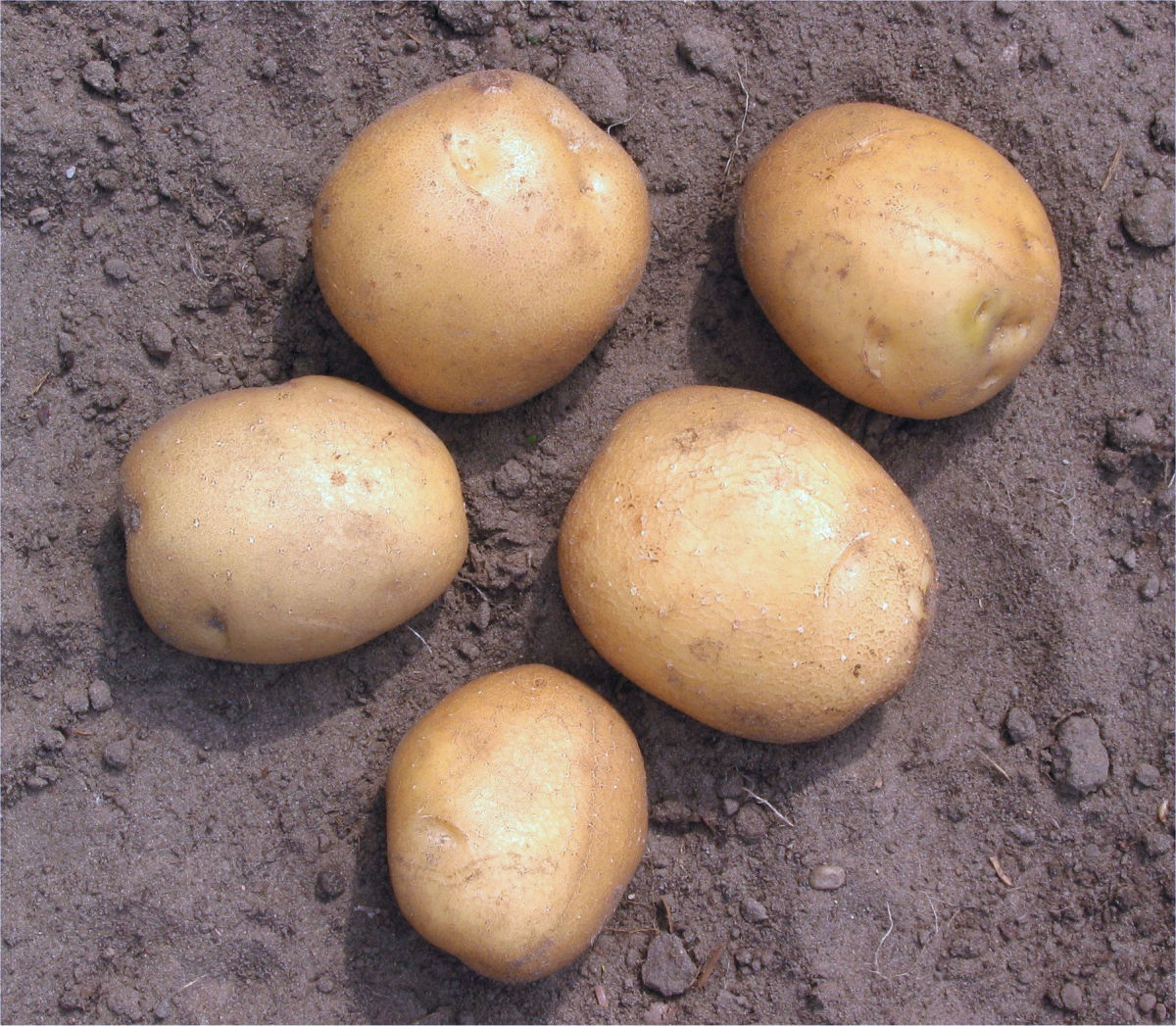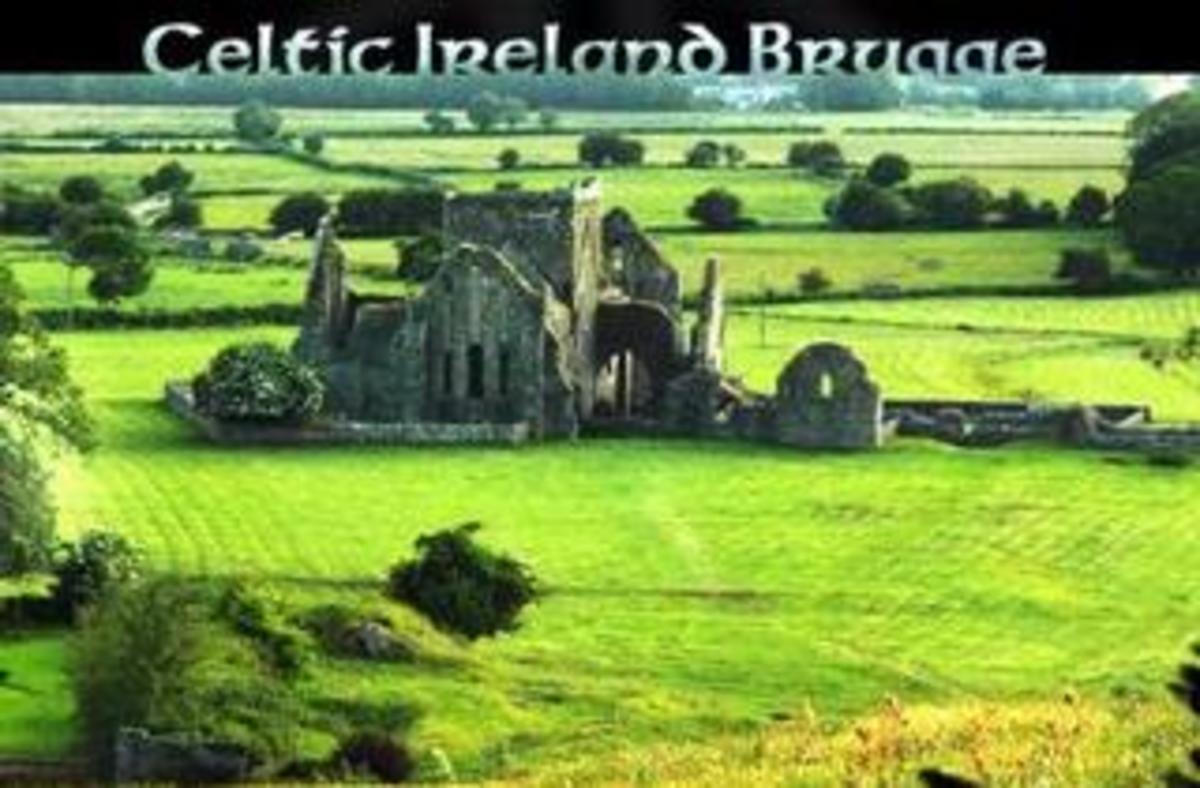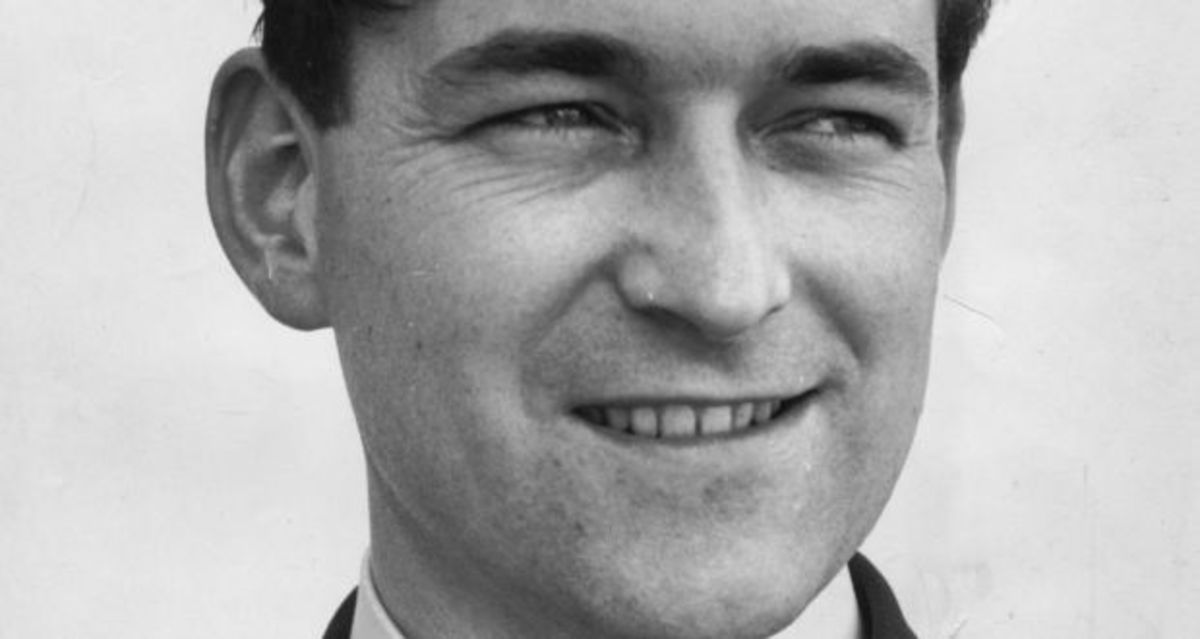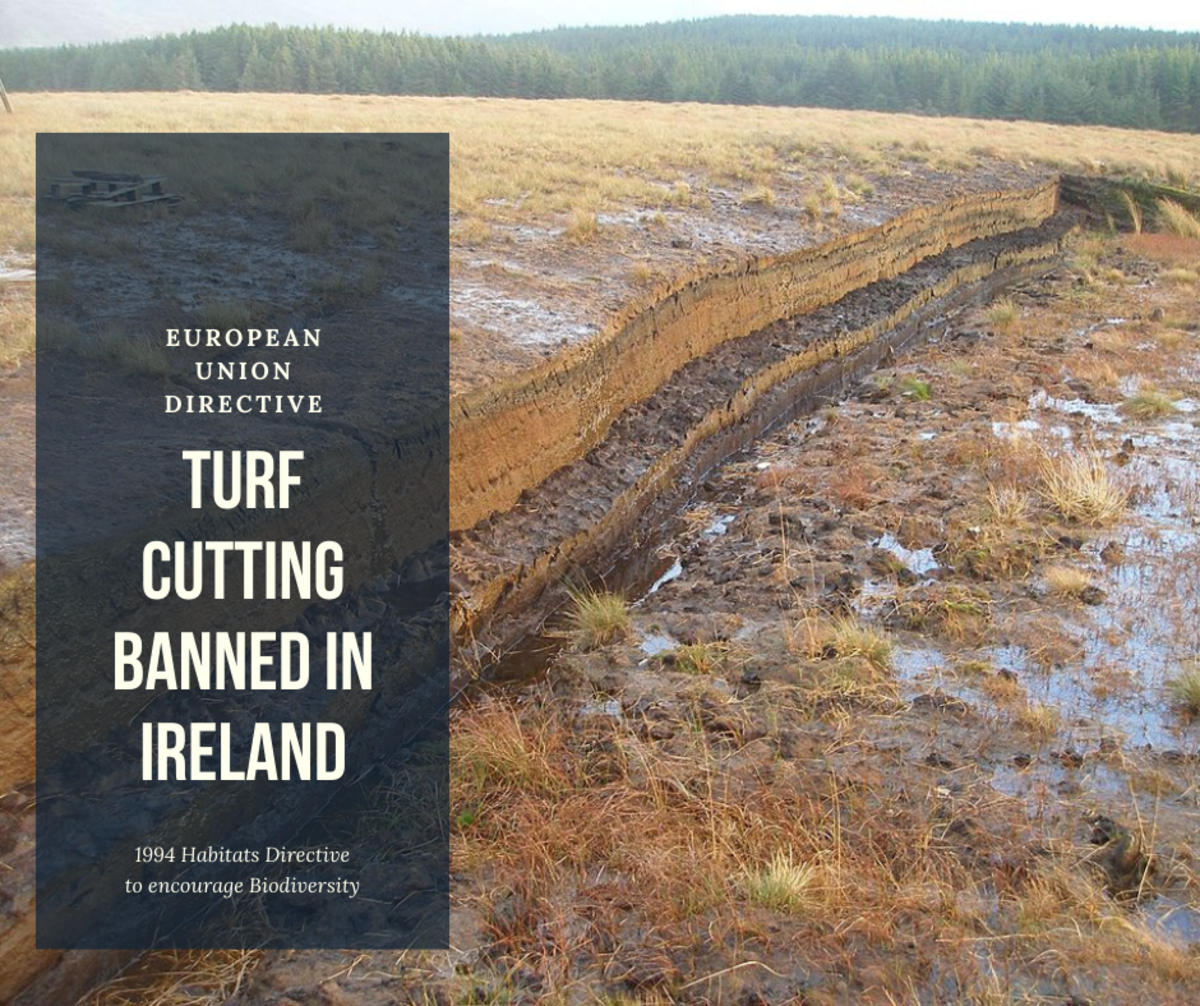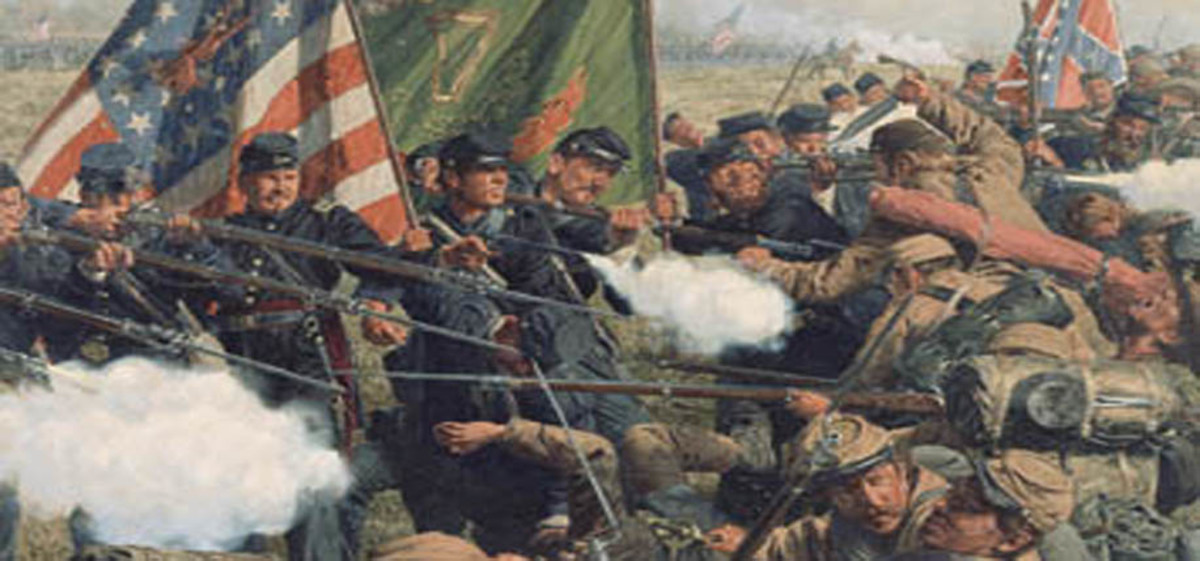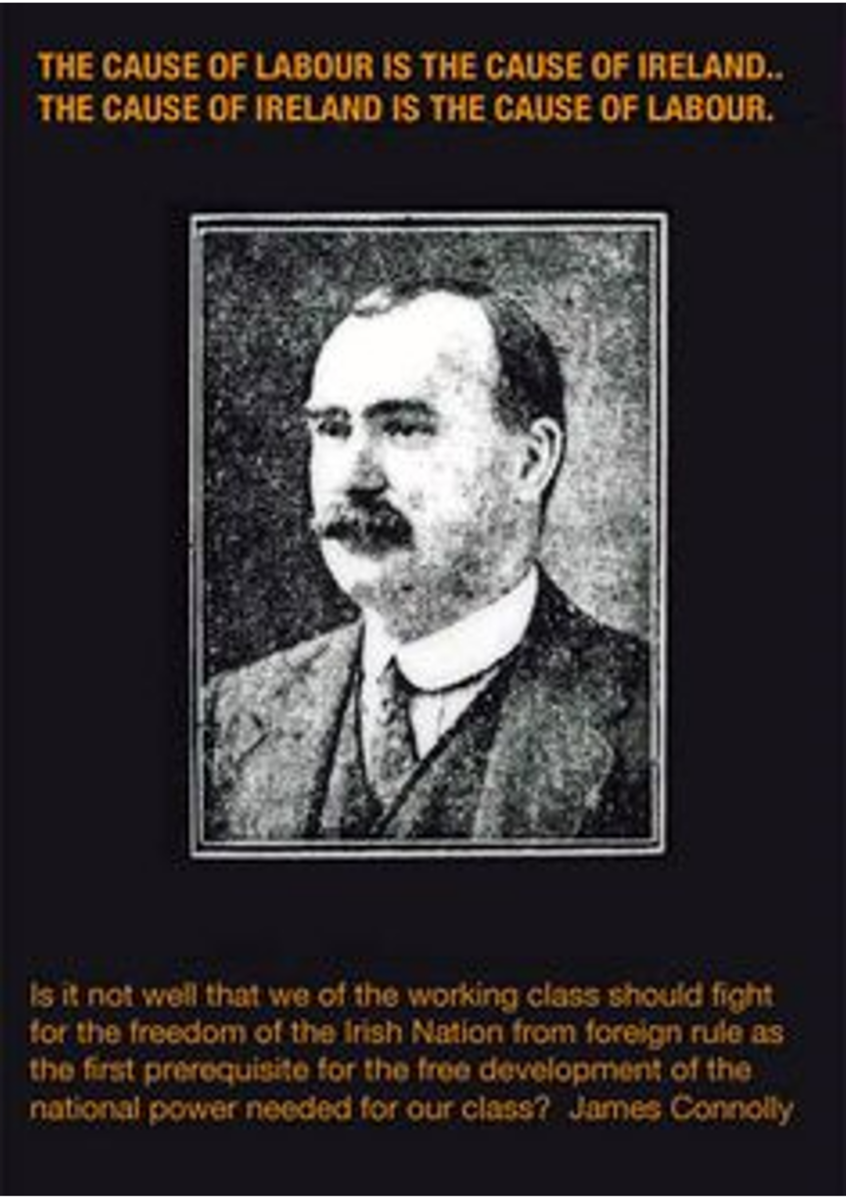Who And Why Should I Vote For
The 2011 General Election In The Republic of Ireland
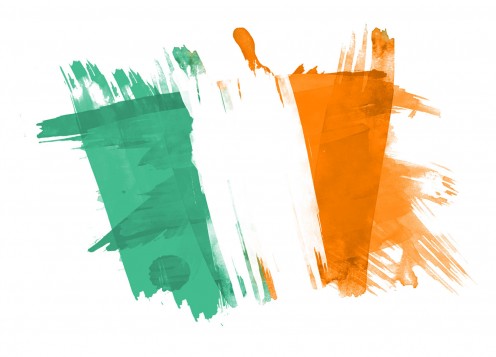
The 2011 General Election in The Republic of Ireland is on the way and many Irish people are asking themselves, Why and Who should I Vote For?
Recession, pay cuts, tax increases, unemployment sky-high, energy bills increased, refuge charges increased, pay cuts, water charges on the way, grocery prices up, pay cuts, and so it goes on and on here in Ireland during election 2011.
Who do I vote for? Why do I vote? In this General Election in Ireland.
Now we are been asked to vote for who we want to come into power and try to sort all this mess out. The mess that should not have happened in the first place as far as I am concerned and I am sick to my back teeth of suffering, along with many other ‘working class’ people because of the greed of others.
I am working class and I find it laughable when I here some Politicians saying “well we had it good when the Celtic tiger was here” Eh excuse me ‘The Celtic tiger’ never came to my door? It may have spent a lot of time in the rooms of Leinster house and paid for all the luxuries that you all have come accustomed too but I can tell you I never saw it?
Our National Anthem
Who do I Vote for in The General Election in The Republic of Ireland
Like most working class I have always struggled to have a decent standard of living, even when the Celtic tiger was supposedly here. Now that he, the Celtic tiger is gone, I and the working class are struggling even harder than before the ‘recession’ because of the greed of others.
How do we know that the next lot we vote in can be trusted to bring our country and our standard of living back to what we deserve? I am still unsure of where my vote may end up and that is why I have decided to do this hub and maybe by doing so I will learn something along the way!
My choices are
- Fianna Fail
- Fine Gael
- Sinn Fein
- Labour
These are the main political parties I have to choose from. What I would like from our politicians is what I would expect from anyone who crosses my path and that is honesty. Honestly is a very hard thing to find these days, especially in a politician so I know I am asking a lot.
Why Should I Vote in the 2011 General Election in Ireland
I know for the next 4-6 weeks, while all the main political parties fight for votes the Irish people are going to hear so many empty promises about what they will do for us.
Unfortunately, from my past experiences, as soon as they get into power, all their ‘promises’ are forgotten about and they go onto look after themselves and take their big fat pay cheques and their big fat pensions while getting ‘fat’ on their free lunches and dinners that we, the working class, pay for in our taxes get so angry when I read about how much these politicians are paid. It is a disgrace.
They do not live in the ‘real world’ and it is about time that something is done about their salaries. I sincerely hope that whoever is voted in this time will make changes for the better of the ‘people of Ireland’ and not just for themselves.
The 1916 Easter Rising
Fianna Fail Party
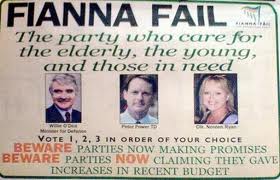
Fianna Fail party
Fianna Fáil represents the mainstream of Irish life. It is the only party which on several occasions has commanded overall majorities in Dáil Éireann.
Since its foundation Fianna Fáil has been the single most coherent force in Irish politics, so much so indeed that alternative governments have been characterised by their opposition to Fianna Fáil as their only common bond.
Electorally Fianna Fáil is second only to the Social Democrats in Sweden in its length of tenure in office.
1916 Arbour Hill Commemoration - April 2010
Fianna Fail
Fianna Fáil adheres to the great democratic principle of government of the people, by the people and for the people. The party's name incorporates the words ‘The Republican Party' in its title. Republican here stands both for the unity of the island and a commitment to the historic principles of European republican philosophy, namely liberty, equality and fraternity.
Fianna Fáil has always had a ‘can do' attitude. The Party has always been positive and never defeatist in its thinking. Fianna Fáil aims to unite all in a common identity of self-confident Irish men and women in a dynamic, vibrant, prosperous nation.
Enda kenny leader of Fine Gael 2012
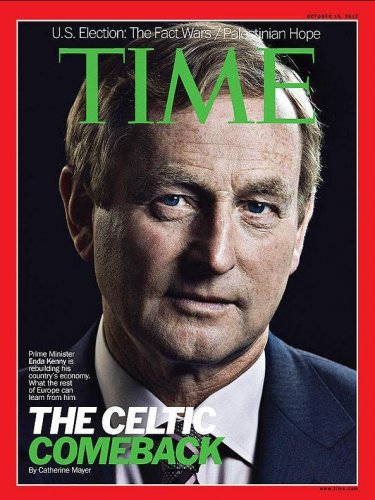
History of Fine Gael
The 1932 General Election
The 1932 General Election was a highly significant result. It is possible to say that the result changed the face of Irish Politics. Fianna Fail swept into government on a platform of radical policies, thus necessitating a changeover of power between political opponents who only ten years previously were fighting a bitter civil war.
The difficult decisions of the previous decade, coupled with the effects of the world economic depression, had taken their toll on Cumann na Gaedhael’s popularity.
Fianna Fail had spent five years in detailed development of their national organisation now supplemented by a national newspaper, the Irish Press. The Fianna Fail policy platform was radical and attractive promising sweeping political and economic change.
The campaign was fractious and incident-driven, culminating in the murder of Cumann na Gaedhael candidate J.J. Reynolds in Sligo-Leitrim. Cumann na Gaedhael fought the campaign mainly on it’s record in government, it warned of the instability that could follow a Fianna Fail victory. Many times during the campaign Cumann na Gaedhael played the so-called “Red Scare” card. One example was a poster with a red flag partially covering the tricolour with the caption “We want no Reds here, keep their colours off your flag”.
The election resulted in sweeping gains for Fianna Fail which gained fifteen extra seats, garnering 44.6% of the popular vote. Cumann na Gaedheal dropped five seats and Labour dropped six. Cumann an Gaedhael’s popular vote was down only three thousand votes, appearing to suggest that the bulk of it’s traditional support was intact, however the collapse in support for Labour and the Farmers Party propelled Fianna Fail into power.
Aftermath of Election.
The immediate aftermath of the 1932 election set in train a sequence of events that led to the formation of Fine Gael. The political atmosphere had become highly charged. The initial transfer of power to Fianna Fail from the Cosgrave administration was peaceful and seamless. Fianna Fail began to rapidly implement the more radical elements of it’s election manifesto. On the March 18th the Public Safety Act, was suspended, lifting the illegality of many organisations including the IRA. Movement was made on the vexed question of land annuities, and by late April De Valera had produced the text of a bill to abolish the Oath of Allegiance.
The speed and decisiveness with which Fianna Fail had moved to implement it’s election pledges greatly unnerved Cumann na Gaedhael’s leadership, the IRA prisoner release had caused a mass alarm in the party. Fears were justified when IRA ex-prisoners started to attack Cumann an Gaedhael meetings in an apparent attempt to spark off reprisals. Under the slogan “No free speech for traitors” the IRA began to target Cumann an Gaedhael members, a culture of fear permeated the party, the IRA campaign of terrorisation had sparked a debate within the ranks of the party’s leadership that perhaps the time had come for defensive action to be taken.
Sinn Fein
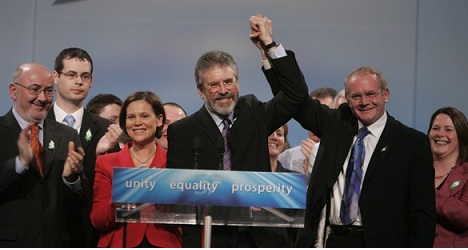
Sinn Fein
Introduction to Sinn Féin
For 100 years now Sinn Féin has been to the forefront of bringing about change in Ireland. Republicans and Socialists from Constance Markievicz, James Connolly and Liam Mellows to Bobby Sands, Mairéad Farrell and Joe Cahill have brought us closer to our goal of Irish unity and independence. Today’s generation of republicans continue that work.
Sinn Féin is now the fastest growing party in Ireland. We have five Ministers in government in the north, including joint First Minister Martin McGuinness. We are delivering real change. We are continuing to build the party across the south and have been leading campaigns for job creation and retention and in defence of public services and local communities. We have launched major policy documents around job creation and public finance. We have stood up to Fianna Fáil and the Greens and put forward real solutions.
Sinn Féin President Gerry Adams has initiated a renewed campaign around Irish unity to build widespread support in Ireland for re-unification and to bring the Irish Diaspora together behind this demand. We are also continuing to use our experience of conflict resolution to help other peace processes around the world including in the Middle East.
Join with us in building an Ireland of equals.
Sinn Fein Ard Fheis 2013 Broadcast
6 reasons to vote for Sinn Féin in this election
1. Sinn Féin has shown that there is a better way. We were the only party not to sign up to the government’s consensus for cuts and instead put forward a real costed alternative for economic recovery.
2. Sinn Féin would reverse cuts to public services and social welfare introduced in Budget 2011. We are the only party to clearly state that we would do this.
3. Unlike the other parties Sinn Féin would stand up to the IMF and EU. Sinn Féin is an Irish republican party. We are a United Ireland party. We believe in the sovereignty, independence and freedom of the Irish people and the right of our people to build our own society.
4. Every TD elected for Sinn Féin will mean a stronger voice for working families, the unemployed and all those struggling to survive. The more Sinn Féin TDs elected the louder the voice for those they represent in the Dáil.
5. Sinn Féin stands up for ordinary people. Over the last year it is our party, which confronted this government and demanded higher standards. For us, actions speak louder than words. Sinn Féin was the only party to oppose the Lisbon Treaty, pointing out the dangers for our sovereignty. Sinn Féin forced the government to hold the Donegal SW by-election, exposed the Taoiseach’s contacts with leading people in Anglo, is the only party not to sign up to the Fianna Fáil / Green Party / Fine Gael / Labour consensus for cuts and instead put forward a real alternative for economic recovery. Sinn Féin TDs only take home the average industrial wage.
6. Sinn Féin will change politics and put an end to cronyism. Reform must start with the Dáil. That means cutting TD’s wages and expenses. It means changing how the Dáil business is done so the Government can be held to account. We would abolish the Seanad in its current form.
Eamon Gilmore
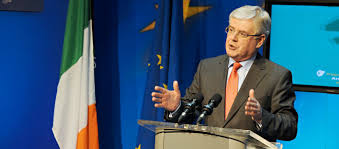
A Brief History of the Labour Party
The Labour Party was founded in 1912 in Clonmel, County Tipperary, by James Connolly, James Larkin and William O'Brien as the political wing of the Irish Trade Union Congress. It is the oldest political party in Ireland and the only one which pre-dates independence. The founders of the Labour Party believed that for ordinary working people to shape society they needed a political party that was committed to serving their needs; they knew that there is only so much that trade unions and community organisations can do, an effective political party is needed to create a fair society. Similar political movements were being forged throughout the world at this time, and the internationalism and progressive politics of this era has profoundly shaped Labour's philosophy since.
Much of the political optimism and potential of that era came to grief in the slaughter of the First World War. In Ireland concerns about national determination came to dominate with the 1916 Easter Rising and the War of Independence. Labour was profoundly engaged in those events, Labour leaders arguing for not just an "independent Ireland" but on Ireland which was just and fair. The decisions taken by Labour leaders at that time are still debated today. James Connolly, of course, was one of the signatories of the 1916 Proclamation, participated in the rising along with the Citizen's Army, and was executed in May 1916
The Labour Party did not take part in the General Election of 1918 or the parliamentary elections of 1921. This decision was taken to facilitate a clear-cut decision by the electorate on the national question and to avoid the possibility of a split in the Labour Movement which was organised on an all-Ireland basis.
This decision had serious implications for the future of the Party. In the 1918 election, two out of every three voters were voting for the first time and forming political links which were to last a lifetime. The national debate was not resolved by the elections of 1918 and 1921 or the civil war which followed. It has continued to be a part of politics in Ireland ever since.
The debate about the national issue pushed consideration of social issues into the background. Moreover, the major parties were conservative and opposed to socialism.
This meant that there was little or no attention given to issues of social justice, such as poverty, unemployment and emigration which badly affected the lives of Irish working people.
The late Luke Kelly
James Connolly
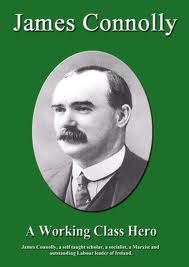
James Connolly & Jim Larkin, co-founders of The Labour Party
In the 1922 elections, the Labour Party won 22% of the vote, with 17 of its 18 candidates being elected. The outbreak of civil war and the refusal of those against the Treaty to take their seats in the Dáil cast Labour in the role of the first official opposition party in the State. The Labour Party was thus instrumental in establishing constitutional party politics in Ireland.
The participation of both groups in the 1948 Inter-Party Government helped reunite the Party in 1950. From 1954 to 1957 the Labour Party joined Fine Gael in the Second Inter-Party Government.
The early sixties brought growth within the Party and an extension of its support. It also received a considerable boost from the re-affiliation of a number of trade unions, including the ITGWU, during this period. At the 1965 General Election the Party won 22 Dáil seats and in 1969 received 17% of the vote.
A decision of the 1970 Annual Conference enabled the Party to consider entering coalition. Throughout the 1970s and 1980s Labour entered a number of coalition governments with Fine Gael. Party fortunes varied over these years with a particular success being achieved in 1979 when the Party won four of the 15 seats in the European Elections.
In 1990, the Party Leader, Dick Spring TD, invited Mary Robinson, a former Labour Senator, Councillor and Dáil candidate and a leading civil rights lawyer, to seek the Labour nomination for the Presidency. In an historic campaign, Mary Robinson was elected by the Irish people to become Ireland's first woman President.
In the General Election of 1992, the Party achieved its highest vote ever (19.3%) and highest number of Deputies (33). This historic breakthrough paved the way for Labour's entry into Government for the sixth time.
Labour remained in Government until May 1997, sharing power with Fianna Fail until November 1994 and from then with Fine Gael and Democratic Left. It was a period of unparalleled economic growth and social reform. During that time the education budget doubled, local authority house completions trebled, arts investment and aid to the developing world quadrupled.
The General Election in 1997 saw Labour's return to opposition and in November 1997, Dick Spring TD, resigned as Party Leader and was succeeded by Ruairi Quinn TD. In 1999 The Labour Party merged with Democratic Left and Proinsias De Rossa, Leader of Democratic Left, became Labour's first President. In 2002 Pat Rabbitte was elected Party Leader in a national member ballot. Eamon Gilmore succeed Pat Rabbitte as Leader of the Labour Party in 2007.
The late Luke kelly singing Raglan Road
Election 2011 Ireland - Who would you vote for?
Who would you vote for in election 2011 in Ireland
Irish PM Dissolves Parliament, Calls for Feb. 26 Election
Sinn Féin supports Right2Change campaign for progressive government in 2016
© 2011 Christine




